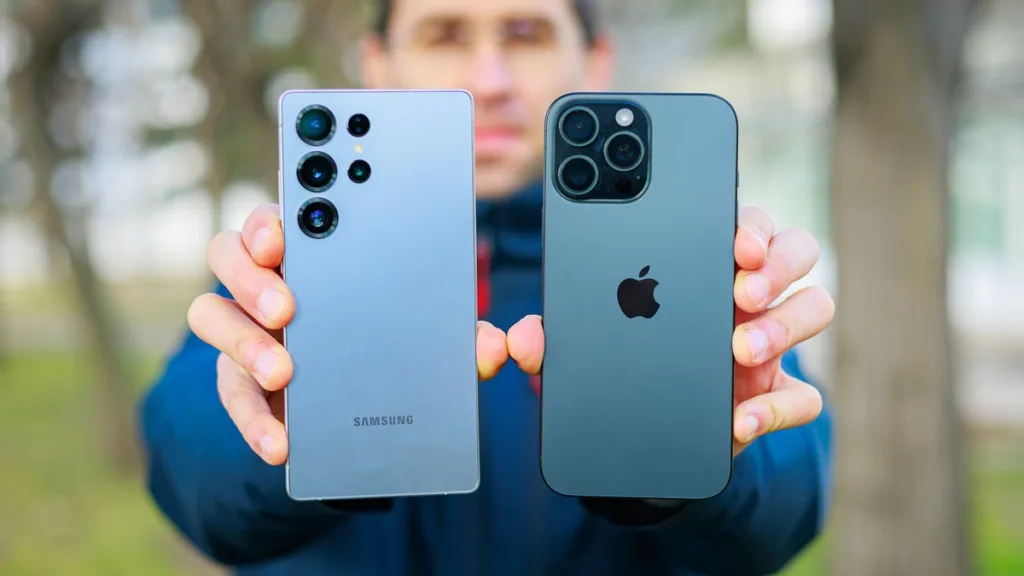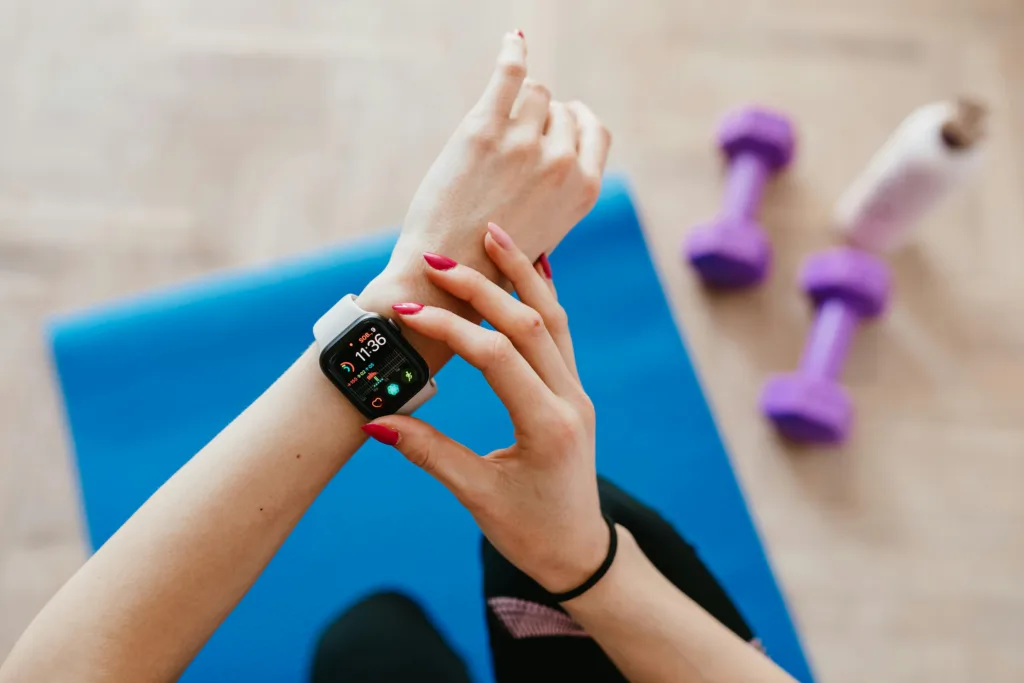
Wearable technology is no longer confined to counting steps or tracking sleep cycles. As artificial intelligence becomes more deeply embedded into consumer tech, wearables are undergoing a significant transformation. Today’s devices don’t just collect data—they interpret it, learn from it, and adapt their behavior to better serve the user. This new category, known as wearable AI, represents a merging of real-time computing, advanced sensors, and intelligent algorithms, leading to a new generation of proactive, intuitive technology that is always with you.
From smartwatches that can detect early signs of heart disease to AI-powered earbuds offering real-time translation, wearable AI is becoming a seamless extension of our digital lives. This article explores what wearable AI really means, how it works, its key applications, market dynamics, benefits, challenges, and future potential.
What Is Wearable AI?
Wearable AI refers to smart, body-worn devices enhanced by artificial intelligence algorithms capable of performing real-time analysis, decision-making, and adaptation. Unlike conventional wearables that act as data loggers, wearable AI systems interpret and act on the data they collect, often without requiring direct user input.
Common characteristics include:
- Continuous learning from user behavior
- Real-time data processing on-device or via cloud
- Use of biometric and environmental sensors
- Natural language interfaces (voice, gestures, gaze)
- Context-aware recommendations and alerts
Wearable AI devices are designed not just to respond, but to anticipate. Whether you’re working, exercising, sleeping, or traveling, these devices use AI to optimize the experience in the background.
Market Overview: Growth Driven by Intelligence
The wearable technology market is experiencing rapid growth, with AI playing a key role in its acceleration. According to Fortune Business Insights, the global wearable technology market was valued at $61.3 billion in 2022, and is expected to surpass $186 billion by 2030, growing at a 14.6% compound annual growth rate (CAGR).
This expansion is not limited to fitness trackers or consumer smartwatches. Industries like healthcare, enterprise productivity, fashion, and even entertainment are embracing AI-powered wearables. Key drivers include:
- Consumer demand for personalized, real-time experiences
- Advancements in edge AI and miniaturized processors
- Increased health awareness post-pandemic
- Wider 5G and Bluetooth Low Energy (BLE) adoption
- Emergence of spatial computing and the metaverse
A 2024 survey by IDC revealed that 78% of wearable device users are more likely to buy a device if it includes AI-powered features such as smart notifications, predictive health alerts, or language processing.
How Wearable AI Works: Technology Stack
Behind every smart function in wearable AI is a complex technology stack that includes hardware, software, connectivity, and machine learning models. Here’s how it comes together:
1. Sensors and Data Capture
Modern wearables are equipped with sensors that gather various data types:
- Biometric: Heart rate, skin temperature, SpO2, EEG, glucose
- Motion: Accelerometer, gyroscope, GPS
- Audio/Visual: Microphones, cameras, infrared
- Environmental: UV exposure, noise levels, air quality
2. Edge AI and On-Device Processing
Thanks to improvements in chips and mobile processors (e.g., Qualcomm Snapdragon Wear, Apple S-series), many AI computations can now happen locally. This enables:
- Faster response times
- Offline functionality
- Greater privacy
3. Cloud and Connectivity
For heavier computations or cross-device syncing, data is sent to cloud servers via Bluetooth, Wi-Fi, or 5G. This allows for:
- Model updates and training
- Historical data comparison
- Integration with apps and services
4. AI Models
Wearables rely on different forms of AI:
- Supervised learning: Detect specific events (e.g., arrhythmia)
- Unsupervised learning: Discover patterns in user data
- Reinforcement learning: Optimize actions over time (e.g., workout routines)
- Natural Language Processing: Understand voice commands and translate language
5. User Interface
AI also enables natural interaction through voice, gesture, gaze tracking, and even projected displays (e.g., Humane AI Pin).
Key Applications Across Sectors
Healthcare and Wellness
Perhaps the most transformative application of wearable AI is in health monitoring and disease prevention.
- Heart Monitoring: Devices like Apple Watch use AI to detect irregular rhythms (e.g., AFib) and alert users or emergency services.
- Sleep and Recovery: Oura Ring and WHOOP analyze sleep stages, readiness scores, and provide personalized recovery insights.
- Mental Health: AI can detect signs of anxiety, stress, or depression based on biometric data such as skin conductivity or breathing patterns.
- Chronic Disease Management: Wearables with AI-powered glucose monitoring, ECG, or blood pressure analysis are helping users manage diabetes, hypertension, and more.
- Outbreak Prediction: A 2023 study in Nature Medicine demonstrated that wearables could predict flu-like symptoms with 92% accuracy based on pre-symptomatic changes in vital signs.
Productivity and Communication
AI wearables are reshaping how people work and communicate.
- Real-Time Language Translation: AI earbuds like Google Pixel Buds and Timekettle translate dozens of languages in real-time.
- Contextual Notifications: Smartwatches that adjust notifications based on your calendar, location, and activity.
- Meeting Transcription: Wearables integrated with NLP can transcribe conversations or summarize meetings on the go.
- Cognitive Load Tracking: AI can detect fatigue or stress and suggest breaks—helping improve productivity and mental well-being.
Augmented Reality and Spatial Computing
Wearable AI plays a critical role in enabling immersive and hands-free digital experiences.
- Smart Glasses: Meta Ray-Ban Smart Glasses and Apple Vision Pro use AI for facial/object recognition, navigation, and real-world interaction overlays.
- AI Assistants in AR: Embedded AI agents provide real-time feedback, visual enhancements, or guidance in remote collaboration scenarios.
- Training and Simulation: Used in industries like manufacturing, military, and healthcare for realistic training environments enhanced by AI.
Fashion and Lifestyle
The fusion of AI with fashion is leading to discreet and stylish wearables that deliver functionality without compromising aesthetics.
- Smart Rings: Devices like the Oura Ring or Ultrahuman Ring AIR offer advanced biometric monitoring in a sleek form factor.
- AI Wardrobes: Experimental wearables suggest outfit combinations based on weather, mood, or trends using machine learning.
- Personal Stylists: Apps and devices recommend clothing sizes and styles by scanning body measurements via wearable sensors.
Benefits of Wearable AI
The integration of AI into wearables offers significant benefits that extend well beyond novelty:
Personalization
AI allows wearables to learn from the user and deliver highly tailored insights—whether it’s optimizing sleep, suggesting workouts, or filtering distractions.
Proactive Alerts
Rather than waiting for user input, wearable AI can detect anomalies or opportunities in real-time, offering early warnings or recommendations before problems arise.
Reduced Friction
Natural interfaces like voice or gesture remove the need for screens or typing, enabling effortless and ambient computing.
Enhanced Decision-Making
By turning raw data into actionable intelligence, wearable AI empowers users to make better decisions about their health, productivity, and lifestyle.
Ethical and Privacy Considerations
As wearable AI becomes more integrated into daily life, concerns around privacy, surveillance, and data ownership are rising.
Data Privacy and Ownership
Wearables often collect intimate data—heart rate, stress levels, voice recordings—that can be misused if shared without consent. Users must know:
- Who owns the data?
- How is it stored and encrypted?
- Is it being sold or used to train third-party models?
Surveillance and Workplace Monitoring
In enterprise settings, wearable AI may be used to track employee performance or behavior, raising ethical concerns about autonomy and oversight.
Algorithmic Bias
If AI models are trained on biased datasets, they may produce discriminatory outcomes. For example, wearables have historically shown lower accuracy in tracking metrics for people with darker skin tones.
Informed Consent
Users often agree to terms without fully understanding what data is being collected and how it is used. Transparent communication is critical for responsible AI.
A 2023 EFF (Electronic Frontier Foundation) survey found that 72% of wearable tech users were concerned about their data being used by insurance companies, employers, or third parties.
Future Outlook: What’s Next for Wearable AI?
The evolution of wearable AI is just beginning. Several emerging trends are shaping its trajectory:
- Smaller, Invisible Devices: Future wearables may be embedded in skin patches, contact lenses, or clothing.
- Multimodal Interfaces: Combining voice, vision, motion, and context into seamless interactions.
- Emotionally Intelligent AI: Wearables that can detect and respond to emotional states through subtle cues.
- Medical-Grade Sensors: Certified devices capable of replacing frequent hospital visits through real-time diagnostics.
- Integration with Spatial Web: Wearables as portals into spatial computing environments, metaverse platforms, or immersive AR spaces.
Companies like Apple, Google, Meta, Humane, and Amazon are all investing heavily in wearable AI platforms, alongside startups pushing boundaries in biotech and neurotech.
Real-World Examples of Wearable AI
Humane AI Pin

A screenless wearable assistant that projects interfaces on your hand and interacts via voice and gesture, representing a major shift toward ambient, screen-free AI.
Oura Ring Gen 4
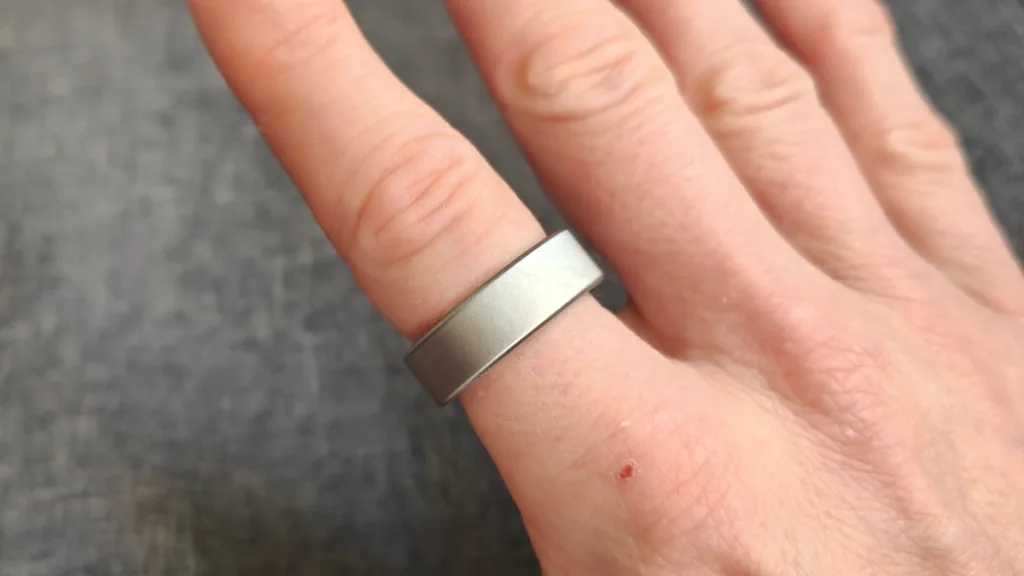
Tracks sleep, readiness, and stress using AI-driven pattern recognition. Offers menstrual cycle prediction and performance analytics in a ring form.
Meta Ray-Ban Smart Glasses
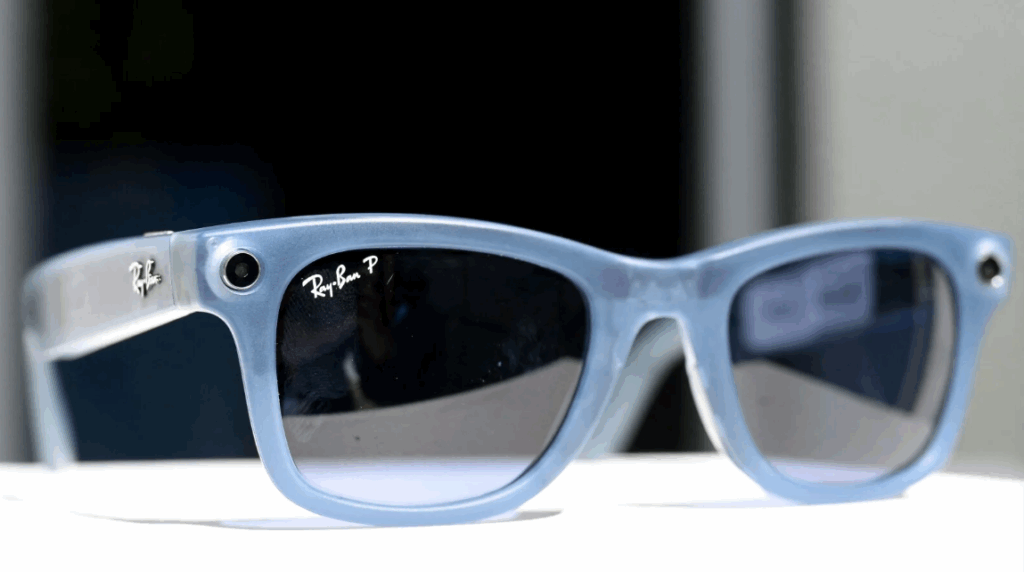
Equipped with Meta AI, these glasses offer contextual voice responses, scene recognition, and even hands-free photo captioning.
Apple Watch Ultra 2
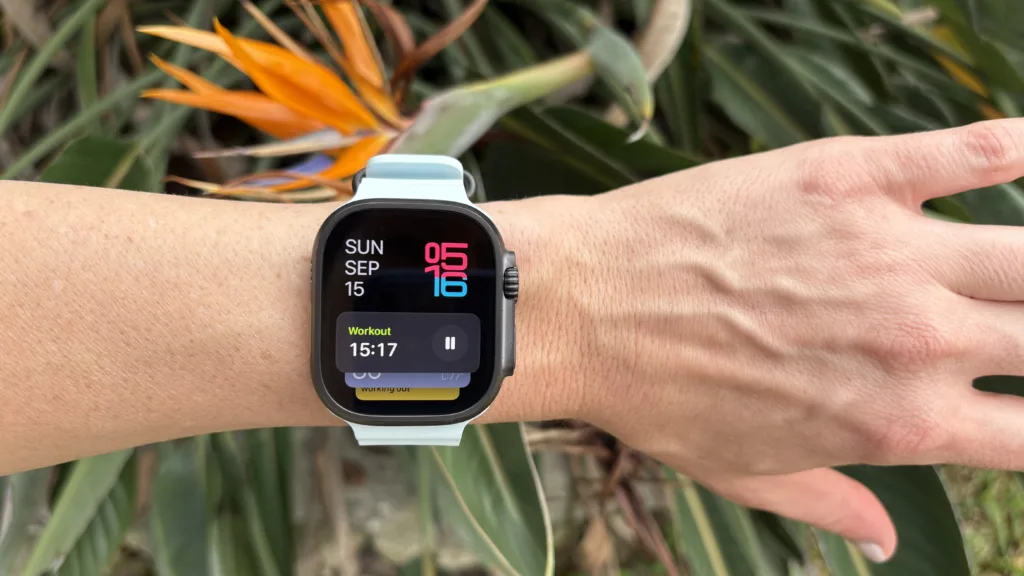
Advanced health tracking and personalized fitness suggestions powered by on-device machine learning. Integrates seamlessly with Siri and health records.
Conclusion: Empowerment or Dependence?
Wearable AI represents a pivotal shift in how we interact with technology. As these devices move from passive tools to intelligent companions, they offer unprecedented convenience, insight, and support. But they also prompt deeper questions about trust, autonomy, and data sovereignty.
Will we remain in control, or will we become dependent on machines that know us better than we know ourselves?
As this technology advances, it’s essential to strike a balance—leveraging wearable AI to enhance human capabilities while safeguarding privacy, ethics, and user agency. One thing is clear: the future is wearable, and it’s a lot smarter than we imagined.
Explore other articles:
The Death of the Password? Exploring Passkeys and Biometric Security
The Psychology of Smart Tech: How Devices Manipulate Your Choices


